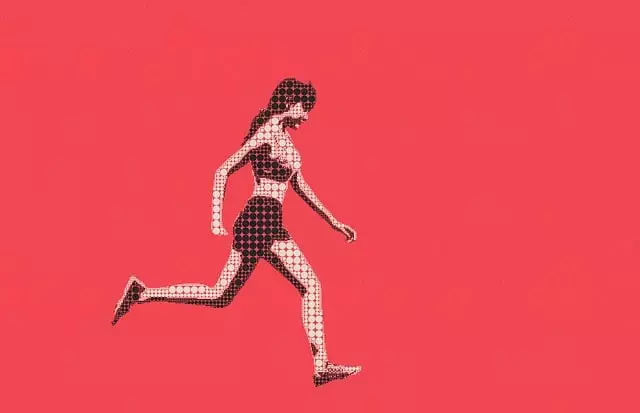Muscle soreness can be a debilitating and persistent issue for many. This natural guide explores effective relief strategies featuring kratom supplements. We unravel the science behind kratom’s analgesic properties and its potential to aid muscular recovery. Discover how this herb, with various strains, dosing tips, and complementary techniques like stretching and hydration, offers a holistic approach to managing pain. Read on to learn how enjoying kratom can be a game-changer in your journey towards relief from chronic muscle soreness.
- Understanding Muscle Soreness and Kratom's Role
- – Explaining muscle soreness: causes and common symptoms
- – Introduction to kratom as a natural remedy for pain relief
Understanding Muscle Soreness and Kratom's Role
Muscle soreness is a common experience for many people, often resulting from physical exertion or sudden increases in activity. This discomfort can range from mild irritation to severe pain, affecting one’s ability to move and perform daily tasks. Understanding the root causes of muscle soreness is key to finding effective relief.
Kratom, known for its diverse therapeutic properties, enjoys kratom users for its potential role in alleviating muscle soreness. Derived from the Mitragyna speciosa plant, kratom has been used traditionally for centuries and increasingly explored scientifically. Its unique alkaloid composition may interact with opioid receptors in the body, potentially reducing pain signals associated with sore muscles. By modulating these receptors, kratom could offer a natural alternative for those seeking relief without the side effects of over-the-counter pain medications.
– Explaining muscle soreness: causes and common symptoms
Muscle soreness, also known as delayed onset muscle soreness (DOMS), is a common condition experienced by individuals after physical activity or exercise. It typically occurs within 24 to 72 hours post-exercise and is characterized by a painful sensation, stiffness, and difficulty moving the affected muscles. DOMS can be caused by various factors, including micro-tears in muscle fibers during intense workouts, lactic acid buildup, or inadequate recovery time. The symptoms often include aching, tightness, and reduced range of motion, making even simple tasks uncomfortable.
Enjoying kratom, a natural herb with diverse effects, has become a popular strategy for those seeking relief from muscle soreness. Some users claim that kratom’s analgesic (pain-relieving) properties can help alleviate the discomfort associated with DOMS. The active compounds in kratom, such as mitragynine and 7-hydroxymitragynine, are believed to interact with opioid receptors in the body, potentially reducing pain signals. However, more research is needed to fully understand its effectiveness and mechanisms of action in relieving muscle soreness.
– Introduction to kratom as a natural remedy for pain relief
Kratom, derived from the dried leaves of the Mitragyna speciosa plant, has long enjoyed kratom for its potential pain-relieving properties. Often used as a natural alternative to manage muscle soreness and other types of chronic pain, kratom’s active compounds interact with opioid receptors in the brain and body, offering a soothing effect. Its distinct chemical makeup allows for a range of experiences, known as entropions, from energizing and uplifting to calming and analgesic. This versatility makes kratom an appealing option for those seeking relief from muscle soreness without relying heavily on prescription medications.
If you’re looking for natural ways to ease muscle soreness, kratom could be a beneficial addition to your wellness routine. Enjoying kratom offers a gentle yet effective approach to pain management, allowing you to move more freely and feel refreshed. Remember that, like any supplement, individual results may vary, so consult a healthcare professional before incorporating kratom into your regimen.






